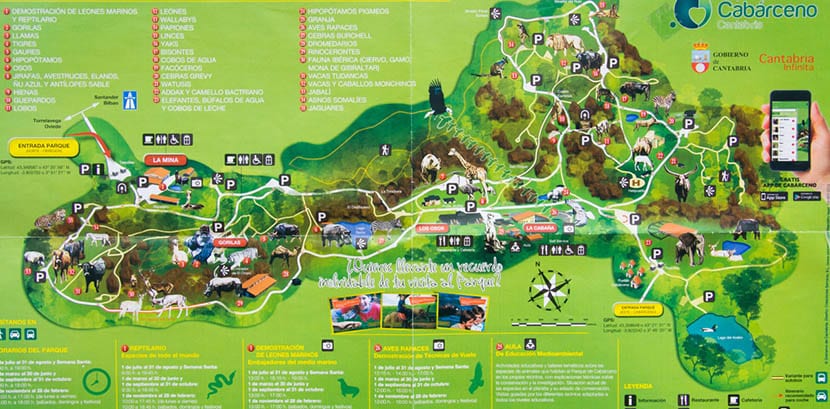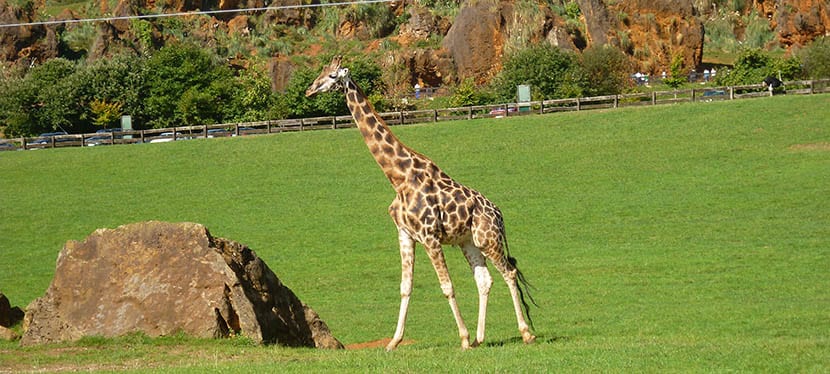
Very close to the city of Santander This natural park is characterized by having species that are not typical of Spain: it is the Cabárceno Nature Park. Do you know him? Last year he was in the news for a while because of the criticism about his condition, but he is still there and now that better weather is approaching, how about knowing him?
Species conservation, environmental education, animals in a state of semi-freedom... that's what this recreational destination is all about in Cantabria, our article today.
Cabárceno Nature Park
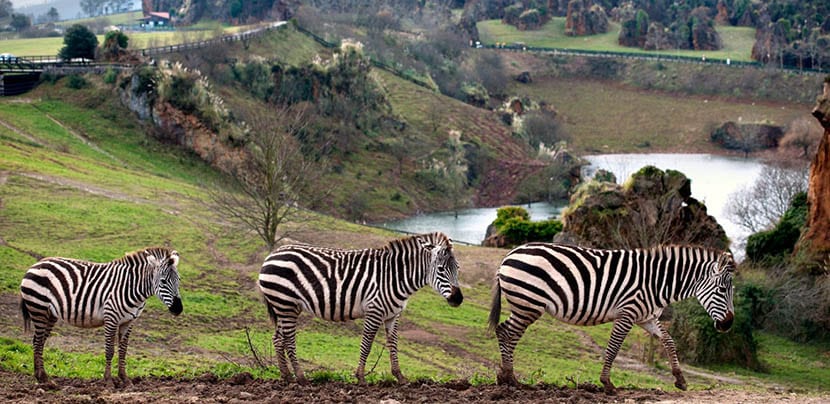
As we said before, it is very close to Santander, just over fifteen kilometers away, in the town of Cabárceno, on what was formerly an iron mine. It is worth clarifying at the outset that this site it's not a zoo, or at least this is not the case, it is a natural park created by man on 750 hectares.
The idea emerged in the 80s and the park opened in 1989 in the open pit grounds of an iron mine in the area. The truth is that except to give them food and veterinary attention, their authorities do not do much more because the idea is that the interaction and the day to day is almost without intervention. In this way there are times when animals fight each other, reproduce and so on.
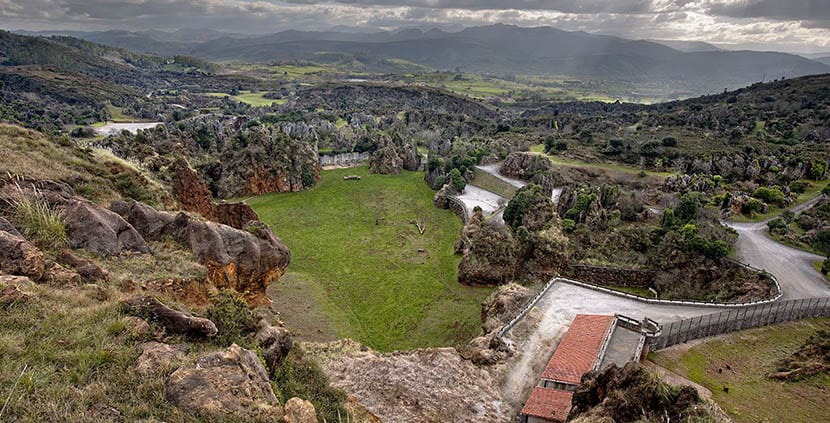
The terrain has been traced by a network of 20 kilometers of roads that take the visitor to the different sectors. There are numerous parking areas and roads that access corners that cars find difficult to reach. This site is designed to spend a day with family or friends so there are cafes, restaurants, children's area, picnic areas...
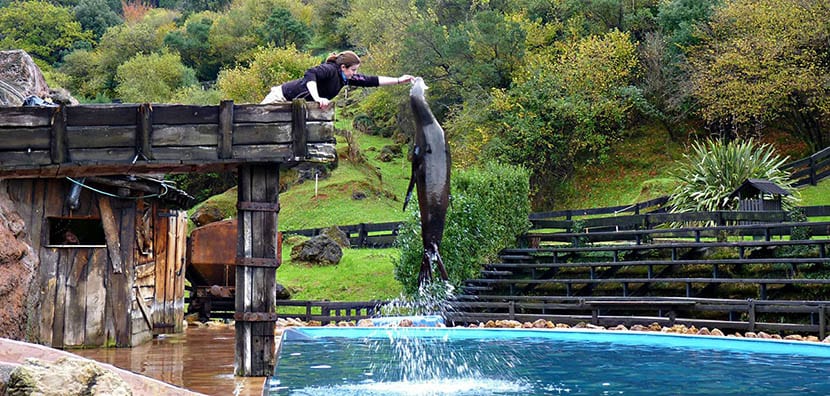
There are also shows organized for the public. For example, birds of prey are wonderful beings and here you can see them in action and discover their flight techniques. There are black kites, peregrine falcons, American eagles, griffon vultures. The exhibition is surprising and usually takes place at 3:30 and 5:30 pm, from 1/7 to 15/9, at 12 noon and at 4 pm, between 1/3 and 30/6 and between on 16/6 and 6/11 and on Saturdays, Sundays and holidays at 12 and 4 pm.
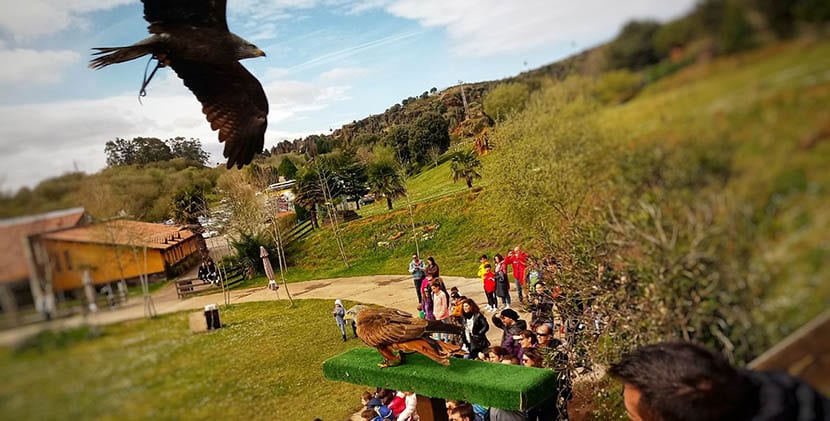
You can follow the botanical routes without any architectural barrier and being in front of chestnut, oak, yew or cork oak, for example. Of the hundred species in the park, the botanical routes have selected 24 that are, in addition, strategically, in spaces where there are lions, hyenas, wolf and tigers, so you can see both in one walk. Aim: there is the Route of the Badgers, cork oaks and walnut trees (with Tigers), The Birch route, linden and beeches (with hyenas and wolves) and the Chestnut and pine route (with lions and bison).

Another option is to do the Wild Visit which is an original way of touring the park. The visit is aboard a vehicle and at least two people are required, one with a car. The entrance includes lunch and costs 200 euros per adult and 100 per child. You are always accompanied by security personnel, who also serve as a specialized guide, and you never leave your car. Thus, you pass through the enclosure of bears, gorillas, elephants, rhinos, the exhibition of birds of prey, that of sea lions and the chairlift.
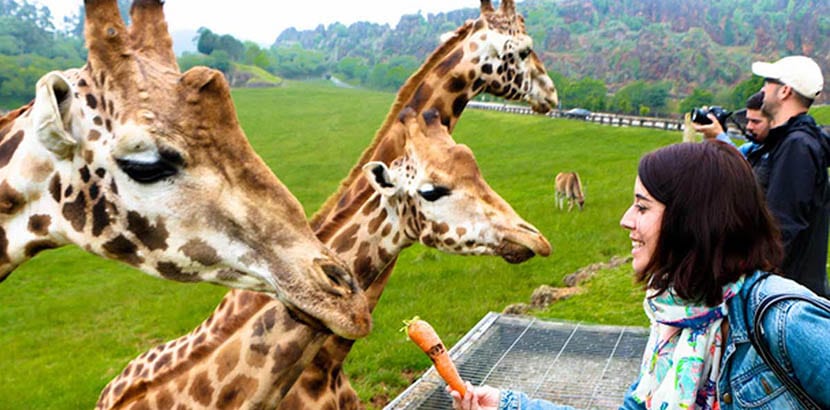
Another visit is the Visit Explorer, shorter duration and cheaper It costs 100 euros per adult and 80 per child, being the hours from 10 am to 2 pm. The visit includes elephants, rhinos, gorillas, sea lions and raptors. When the visit ends, a ticket is given to access the cable car and if you want to eat there are menus available at good prices.
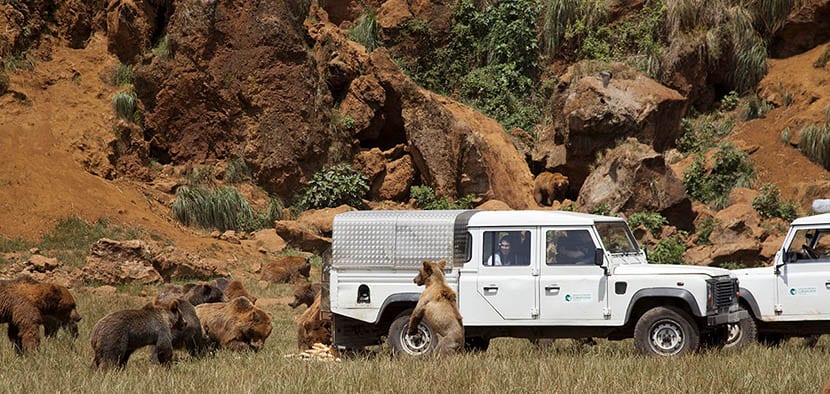
But besides these animals there are llamas, bengal tigers, gaures, cheetahs, giraffes, ostriches, antelopes, lynxes, yaks, addax, camels, hippos, dromedaries, zebras, farm animals, wild boars, Somali donkeys and jaguars, among others.
Some children go to celebrate their birthdays, it is possible if they are between four and twelve years old. The offer includes food or a snack or a picnic, depending on the time of year, at only 16 euros per child. Every four children a parent enters for free, but the price per adult is 50 euros.
Tickets can be purchased online with a 10% discount but it does not ensure you move quickly in the waiting line. Nor can you return or exchange them so when you take them out you must be sure that you will comply with the visit, how long you want it to last, if you are going alone, with family or friends and at what time of year. With that clear information, you should get the ticket.
For the whole year:
- Individual Friend Card: 55 euros
- Family Friend Card: 135 euros
- Family Friend Plus Card: 165 euros.
High season (from 1/4 to 30/9)
- Individual Adult: 30 euros, full day
- Individual child: 17 euros. complete day.
- Adult group: 20 euros for the afternoon, 25 euros for a full day.
- Children group: 11 euros and 14 euros respectively.
- School fee: 11 and 11 respectively.
Low Season (from 1/10 to 31/3)
- Individual adult: 16 euros the afternoon, 23 the full day.
- Individual child: 9 and 14 euros.
- Group adult: 16 and 20 euros.
- Children's group: 9 and 11 euros.
- School fee: 11 and 11 euros.
All tickets can be purchased online or on the day of the visit. They are not sold over the phone and afternoon rates apply for visits from 3:30 on 1/4 to 30/9 and from 2 pm on 1/10 to 31/3.

When we started the article we said that last year the park was in the news and it was, at complaints about the state of the animals and the facilities in general. The comments were made by the coordinator of veterinary services, Santiago Borragán, between 2015 and 2017, and revolve around the urgent need for money to renovate and repair the facilities. Borragán has even said that some European zoos do not want to give them animals because of the disastrous state of the park.
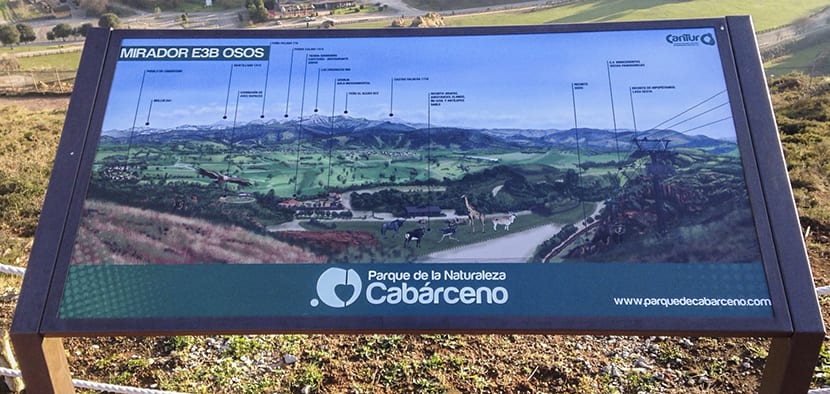
The truth is that over the years some curious or at least striking events have been reported, such as the escape of 80 deer, the entry of wild animals into the enclosure, due to the absence of fences, the deficient enclosure of elephants, the escape in 2015 of a brown bear that no one realized until a day later, or the materials with which the hippopotamus enclosure has been built, hot-tempered animals as is well known.
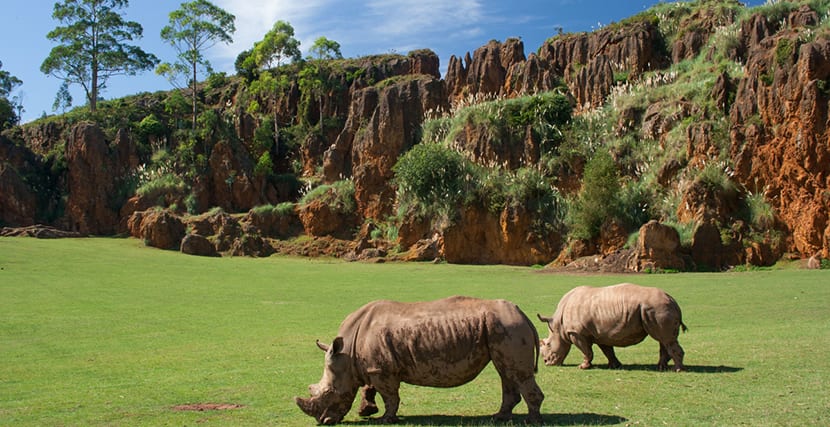
These are just a few of the animals that the vet says are not having a good time. Y what does the park say in this regard? Well, the park, in the hands of the government of Cantabria, and as a result of this report from three years ago and another one presented last year where the same points are insisted, has said in principle that there is nothing really in the description of those reports. What yes there are some problems and that these will be solved this 2019.
Promises and denials on the one hand, denunciations on the other. Meanwhile, worrying cases continue to take place such as the death of three giraffes in a fire that took place in January. But the park is still open and it is still very visited so if you are in Cantabria this spring, why not come to see it and judge for yourself?
